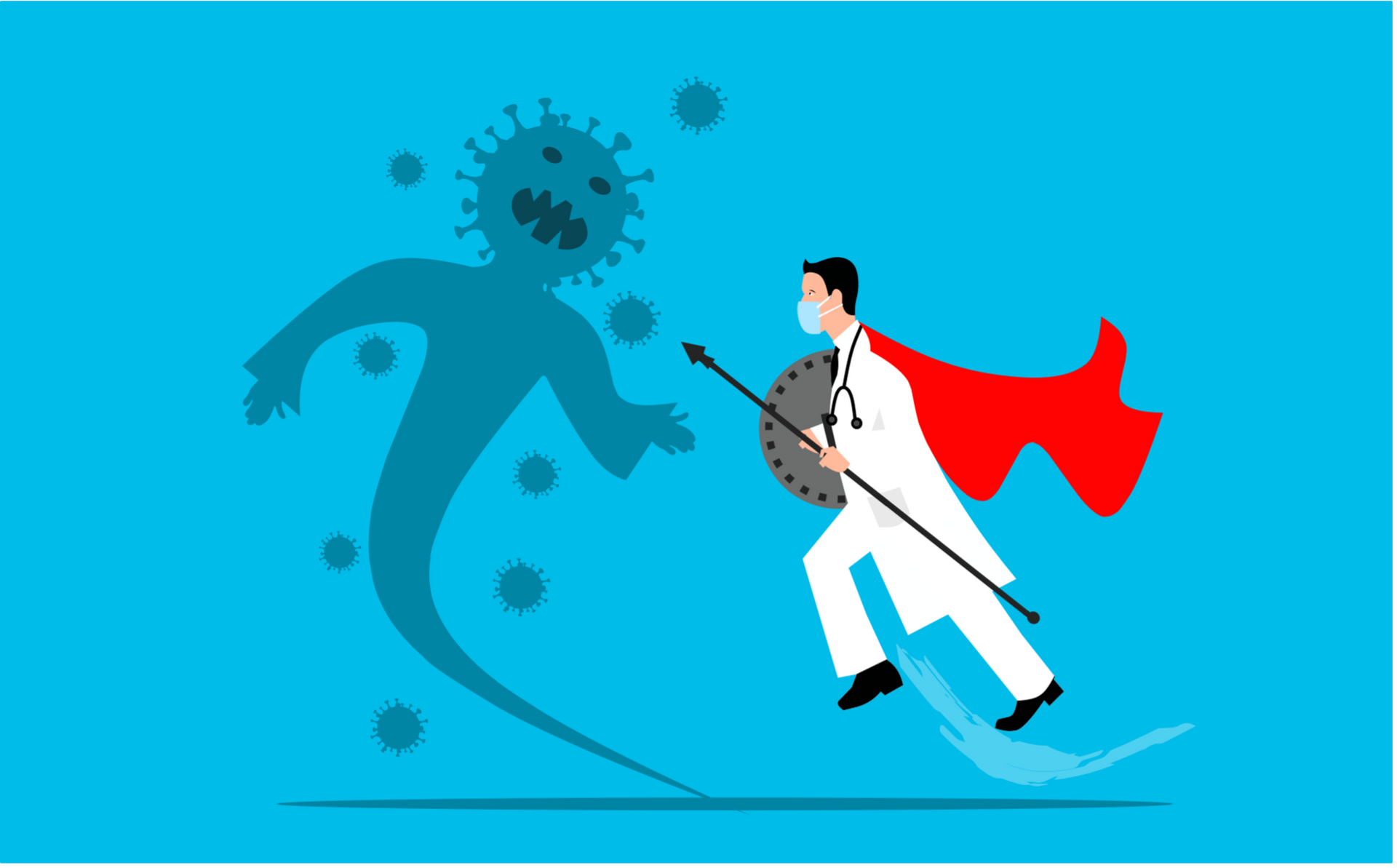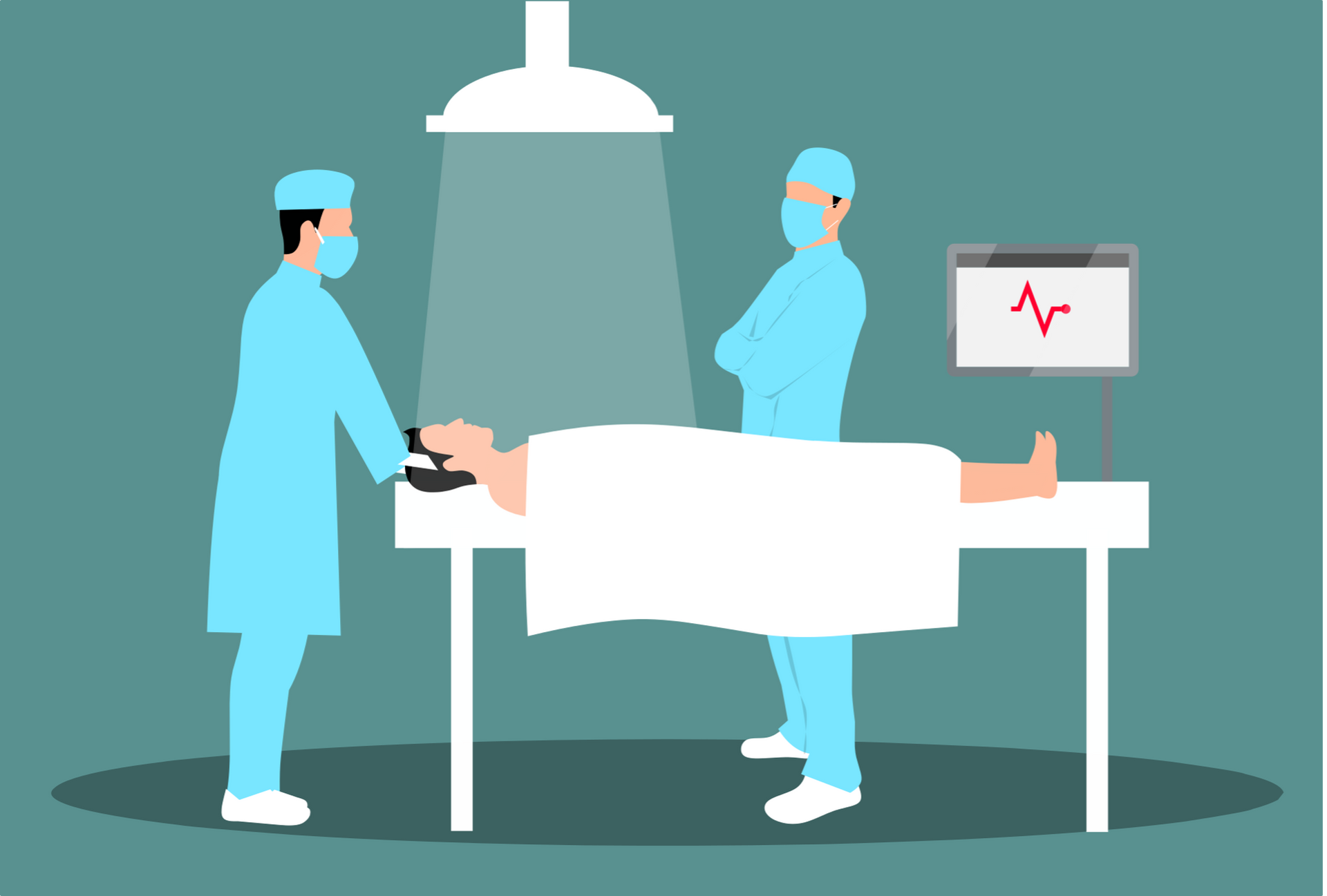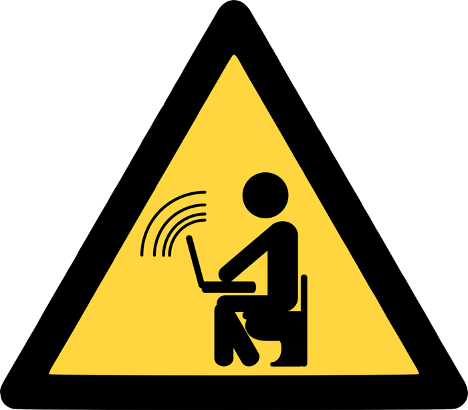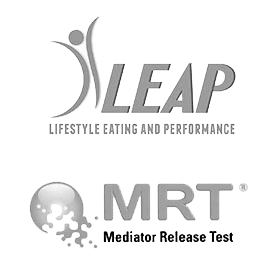The Great Colonoscopy
Colonoscopy procedure, colonoscopy prep instructions, colonoscopy age, colonoscopy prep diet, colonoscopy how long, miralax as colonoscopy prep

Everyone dreads it, and few understand what it actually is. As someone who has had Crohn’s disease for over 20 years, I can say I have had MANY colonoscopies. As a Registered Dietitian, I can explain the science. While you read this, I encourage you to keep an open mind. Colon cancer rates have doubled in young adults in recent years, and colon cancer is high on the list of cancers that turn deadly (second deadliest out there). While we are not sure scientifically why these rates have risen so dramatically, we have some assumptions.
1. Lifestyle
The year is 2023, you are working from home, Door Dash-ing your dinner, having groceries delivered or shopped for you to pick up, and seeing the doctor online. Remember when we got steps in by parking farther away from the grocery store and taking the stairs at work? Met friends at the gym or on the track? Those days have changed, and it is up to us to make conscious efforts to change them back. 10,000 steps is 5 miles but don’t get discouraged-new literature is finding that this was born from Japan’s 10,000 METERS and that was a marketing campaign to sell a pedometer of the same name. Insert face palm emoji. Thanks to Harvard University’s School of Public Health, we are finding that 4,400 steps, or about two miles a day, significantly drops mortality rates, and after 7,500 steps per day (3.5 miles ish) the health benefits level out. Start with a 2 mile walk, walk up and down the stairs on a phone or zoom call, go back to the gym (per Medscape this isn’t pandemia anymore, it’s just life) or do yoga at home to improve overall health and reduce cancer risk.
2. Diet
The standard America diet, high in red meat, saturated fat, sugar, sodium, and processed foods doesn’t just cause us to gain weight, it also introduces E Coli bacteria into the colon, and promotes systemic inflammation- all which increase risk of colorectal cancerous polyps. Dang it. The basic solution to this is to limit red meat to a few times per month, add a plant with every meal, switch 80% of your white bread and pasta for the whole grain version, bring in some wild rice, and eat the rainbow.
You absolutely do not have to be perfect here- just 10g of dietary fiber per day reduces colon cancer risk by 10%.
Here are general recommendations from Mayo Clinic:
- Fruits, 1.5 to 2.5 cups per day
- Vegetables, 2.5 to 4 cups per day
- Whole grains, 3 to 5 ounces per day
- Legumes, 1.5 cups per week
- Protein, 5 to 7 ounces per day. Legumes, dairy, tofu and eggs are excellent sources of protein. Or select lean cuts of meats and avoid processed meats
- Fats, 3 to 5 servings per day. One serving equals one teaspoon of oil, four walnut halves or one-sixth of an avocado
Personally, I like the 80/20 rule. Shoot for 80% as above, and 20% of whatever the heck you want.
Long story short, before we get crazy about supplements, ozone in the butt hole, cold plunge- just try these two changes first in diet and lifestyle. Both are tried and true, old fashioned ways to reduce cancer risk.
Fun fact, colon cancer is PREVENTABLE. Even as it forms, we see it. Read on for how to take a look inside and take action to save your own life.

What is a colonoscopy?
It is the act of using a thin, flexible camera (colonoscope) inserted into the rectum for the purpose of visually examining the entire 1200–1500mm colon. That’s 5–6 feet!
Doesn’t that hurt?
Not to brag, but I have been awake for one and asleep for about 12 colonoscopies so I feel like I can safely say, not at all. And they will sedate you, likely you will nap for 20 minutes then wake up and have lunch. The procedure is basically the most anti-climactic thing ever.
Why do I need one?
Your doctor would know more than this chick on the internet so ask them! But here are a few indications to get one:
- Age (over 45)
- GI Symptoms that could be a sign of a condition requiring diagnosis
- Family history of colon cancer
- Blood in stool
The doctor is looking for colorectal polyps, which when removed early do not pose a problem. If left to grow, these polyps can turn into colon cancer. This is why colon cancer is the only true preventable cancer-it grows from the outside in and is easy to remove early. Usually, any polyp found is benign.
This procedure is also used to see if there is any inflammation or abnormality in the size or shape of the colon. It is used to diagnose inflammatory bowel disease, diverticulitis, and diverticulosis. Diverticula are small pockets in the colon, and when they become inflamed, the condition is called diverticulitis. This procedure will show if your colon is longer than normal or more twisty, which affects what you will eat in the future, how you poop, and what meds you may need. Colonoscopy is also used to investigate GI symptoms such as constipation, rectal bleeding, diarrhea, etc.
While you are going through this process, you may ask IS THERE ANOTHER WAY?! There are other ways to get information about what is inside the colon, there are ways to see inside the colon from the outside, but to truly evaluate, remove polyps, and take biopsies, there is no substitute for a colonoscopy. EVERYONE should get a colonoscopy at least the first time. If you are not a polyp producer, you are safer to move to screening such as Cologuard etc. But don’t you WANT to know if you produce these precancerous growths and get them removed if so? Of course, you do.
The gold standard of h pylori and celiac disease diagnosis are pathology from intestinal biopsies, but both of those biopsies are from the endoscopic procedure (endoscopy), which is top down, so throw one in while you’re under.

Why does everyone hate them?
Many people do not like to discuss their bowel movements, and the idea of this happening is uncomfortable. You are asleep, so the procedure itself is not painful or uncomfortable. Your colon is inflated with a gas that is reabsorbed in your body so the scope may travel through, and this does not cause symptoms. Years ago, the colon was inflated with air (far more uncomfortable when you woke up to have to pass the air), the scope was bulkier (more retro computer vibes), and I think the stories of this have been passed down. I personally have been getting these for 20 years, and today it is a modern procedure with minimal discomfort. You will be able to carry on your day after the procedure (no driving or other post anesthesia things), eat normally, and feel completely back to normal by the next day.
How long does it take?
The prep for the procedure begins 3 days before with dietary changes. The day before the procedure, you clean out the colon so it can be visualized with the camera. The procedure itself takes about 30 minutes, and you will be offered sedative medication during this time.
Colonoscopy Prep/ Bowel Prep
I am not a medical doctor. All bowel prep should be mixed and consumed according to the instructions provided by your physician. These tips are to help you navigate your care with MD.
There are 4 types of prep used usually. When the procedure is scheduled, ask your doctor what kind of prep they are going to recommend. Ask for the fact sheet as well.
GoLytely/NuLytely- This is the most traditional form of prep. There are better options, and you can ask your doctor for an alternative. The volume of this solution is 2–4 liters, and it does not taste good. It is not the 90s, and there is literally almost no reason to subject yourself to a gallon of soap laxative.
SuPrep-This is typical for prep today. It is two 6-ounce bottles, diluted with water, taken a number of hours apart. It doesn’t taste awesome, so chill it the day before use, and chase it with something like white Gatorade to remove any after taste.
MiraLax or Magnesium Citrate- This is great because you are mixing the powder with a beverage of your choice, and there is not as much taste associated with it. Mag citrate comes in many tolerable flavors. These may not work for everyone, and if you use MiraLax often, your doctor may discourage the use of it in bowel prep as it will not be as effective.
Pills (SuTab, OSMO pill)- These are becoming more popular. You take 12 pills for each dose. Good if you hate drinking the thicker/strong liquid, but not ideal if you don’t like a lot of pills. You still must drink a bunch of water/Gatorade/juice.
Information about the process
You will be on the toilet for basically one day (about 4–5 hours after each dose). Set yourself up in or near the bathroom with a comfortable spot.
Aquaphor or other healing ointment if needed. Bidet helps, hemorrhoid wipes help (even if you do not have them, they are cooling), baby wipes help. Toilet paper itself isn’t the best after a while. This is a short period of being uncomfortable for a lot of information we wouldn’t have otherwise!
Prep is usually split into 2 doses. This is because we found that stool, bile, and mucous would dry and stick to the colon wall and was hiding valuable info, so the second dose clears any of that out. If that doesn’t sound fun, then get an 8am appointment, and you can do the entire prep the night before.

Another little-known fact is that the first dose is at like 6 pm (+5 hours to poop), and the second dose is at like 5 or 6am. Yes, that is only 5 hours off, and you will probably poop yourself while you are sleeping. It’s not really poop, it’s more just water and bile, but Depends (or any adult diaper) are your friend today. It just isn’t worth it to gamble; it is also hard sometimes to make it to the toilet in time unless you are physically in the bathroom. I am not a huge fan of sitting in the bathroom for 5 hours, and the older I get the more I seem to sh!t myself, so learn from me.
The foods
Three Days Before Procedure
Low fiber foods like white rice, chicken, applesauce, and other bland foods are recommended during this time. You can consume cooked vegetables and raw, peeled fruits like apple, banana, pineapple, mango. Avoid corn and beans. Avoid red and blue dye (excuse me, avoid this most of the time, it is bad for you in so many ways).
The Day Before the Procedure
No solid food unless directed. I am a rebel- I ALWAYS have my coffee they way I have it the morning of with a little half and half. New research supports eating a light breakfast, but I have also asked my providers about this and so far, no luck there either, they say no food. In my personal experience, eating a Lipton Cup O Noodle with those short little noodles that are reconstituted from the box before noon has always been okay and keeps me from going insane. https://www.liptonkitchens.com/products/noodle-soup-soup-mix-with-real-chicken-broth/
If you do this, you can’t tell anyone, and you must finish before noon. It is OUR SECRET. I am calling it broth; those noodles are reconstituted and immediately turn to liquid!
Clear liquids no red/blue dye. This includes white or yellow colored Gatorade, clear or yellow popsicles, white grape juice, ginger ale (key to have some around, cold), bone broth has more protein and is more filling than regular broths, so investigate this. Jell-O has white grape, pineapple, lime, mango flavors that are all good but do need to be prepared the day before. Italian ice in lemon flavor. Honestly, you won’t be super hungry after drinking the prep, so it’s getting to the directed time that is tricky. 100% coconut water without pulp is okay according to some and not according to others. I drink it and it has been fine. Drink so much water.
Avoid- Real fruit popsicles, juicing (fresh or bottled veg/fruit juice is notclear and I learned this the hard way one year and had to repeat my prep). I don’t mess with things that are blue, purple, orange, red, or pink in color.
Follow the directions and tips provided by your doctor and call your doctor with questions. Two days before the procedure, you should have your prep chilling, your drinks chilling, your wipes ready, your jello made.
You are on a clear diet the day before your procedure, but I have so much to say about this. MANY gastro docs are starting to OK a light breakfast. Mine has not, but I have always had my coffee with cream in it, and I have always had Lipton cup o noodle for an 11am snack. Never a problem the day of.
If you start to feel sick, you can eat up to 5 saltines the day before.
If you notice, your allopathic instructions say Jell-O, gummy bears, popsicles, candy, Gatorade, soda, Kool-Aid, Pedialyte, broth. That is not the most upset stomach friendly diet. Additionally, your blood sugar is going to go nuts drinking and eating sugar and soda and then dumping everything out which will make you nauseous even if you aren’t adding a delicious quart of SuPrep to the mix.

I recently found a blog on natural colonoscopy prep at and will try this next time. Those instructions included:
- Coconut water
- Hydration packs like Cure or Basis or Hydrant to keep electrolytes in balance- this is key and why you hear so much about Gatorade. Your body is dumping out electrolytes all night long, they have got to be replaced.
- Bone broth
- Collagen powder in tea or warm water
- Cold pressed green juice
- Gelatin and 100% juice to make natural Jell-O
Remember to
*Fill your prescription for prep at least one week in advance in case of pharmacy shortages or unexpected cost. If using OTC prep, purchase well in advance.
*Stock up on clear liquids (as described below). Make your jello, chill your prep, chill your other beverages.
*Sip your prep, don’t chug it. It can sometimes be nauseating. I split the mixture into four parts and drink one part every 10 minutes or so. Plugging your nose can help. You can do it!
Now go be a GI warrior and join the esteemed ranks of millions of people that get every year and prevent colon cancer!

Get my Colonoscopy Guide based on all my experience!
Schedule a call with me to work together 1:1
Check out my website
Reference List:
- Mull A. What 10,000 Steps Will Really Get You. The Atlantic. https://www.theatlantic.com/health/archive/2019/05/10000-steps-rule/590785/ . Published May 2019, accessed March 2023.
- Smiley J. Colorectal cancer: More evidence that Western-style diet may increase risk. Medical News Today.https://www.medicalnewstoday.com/articles/colorectal-cancer-more-evidence-that-western-style-diet-may-increase-risk. Published July 2022. Accessed March 2023.
- Fjeldberg G. Plant power: Using diet to lower cancer risk. Mayo Clinic Health System.https://www.mayoclinichealthsystem.org/hometown-health/speaking-of-health/plant-power-to-lower-cancer-risk. Published June 2022. Accessed March 2023.
- Cleveland Clinic. Colonoscopy. https://my.clevelandclinic.org/health/diagnostics/4949-colonoscopy. Accessed March 2023.
- Mayo Clinic. Colonoscopy. https://www.mayoclinic.org/tests-procedures/colonoscopy/about/pac-20393569.Accessed March 2023.
- NIDDK. Colonoscopy. https://www.niddk.nih.gov/health-information/diagnostic-tests/colonoscopy Accessed March 2023.
Dali R. How to Prep for a Colonoscopy Naturally? Dr Lauryn.https://drlauryn.com/hormones-metabolism/how-to-prep-for-a-colonoscopy-naturally/. Accessed March 2023.







